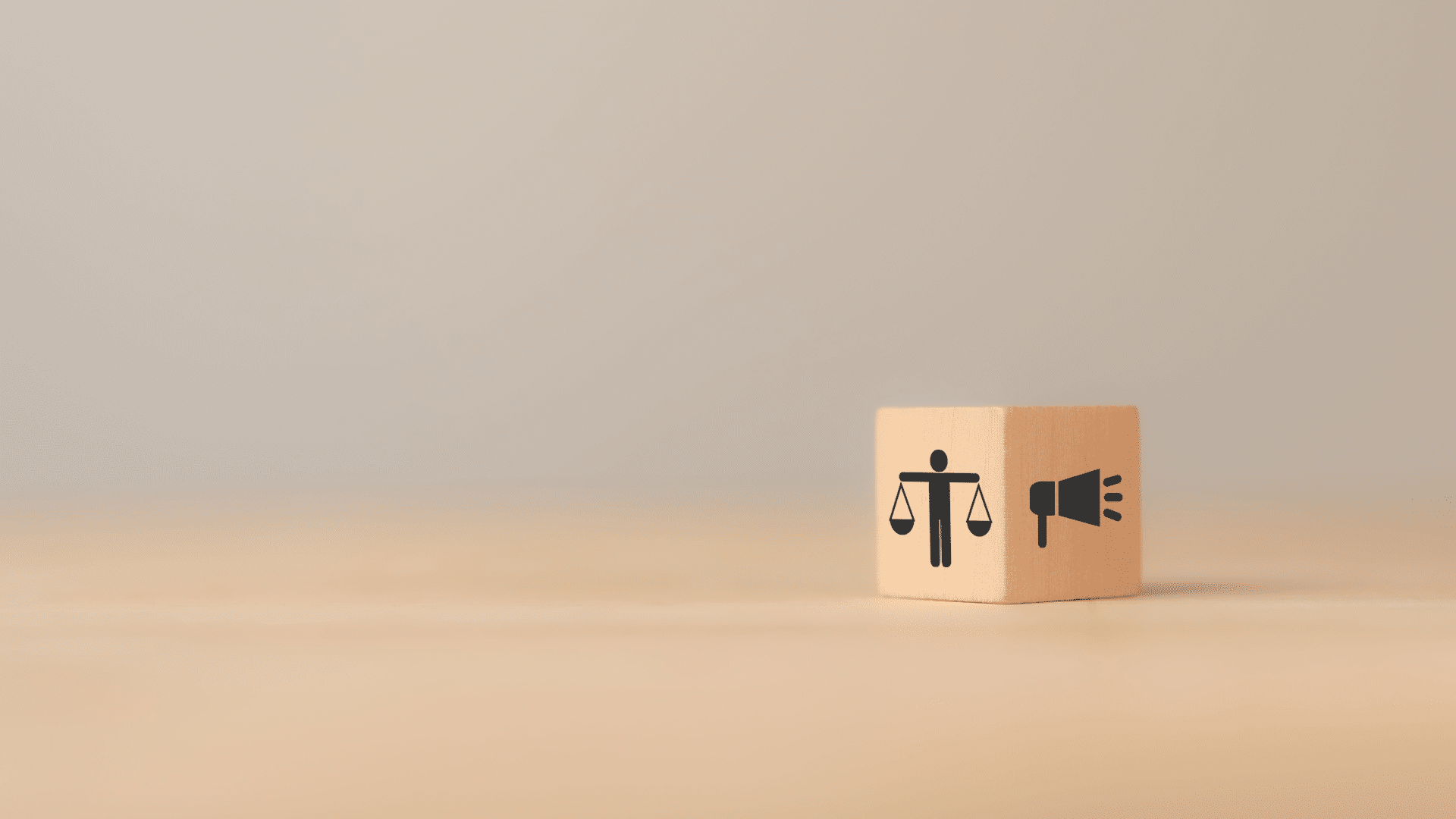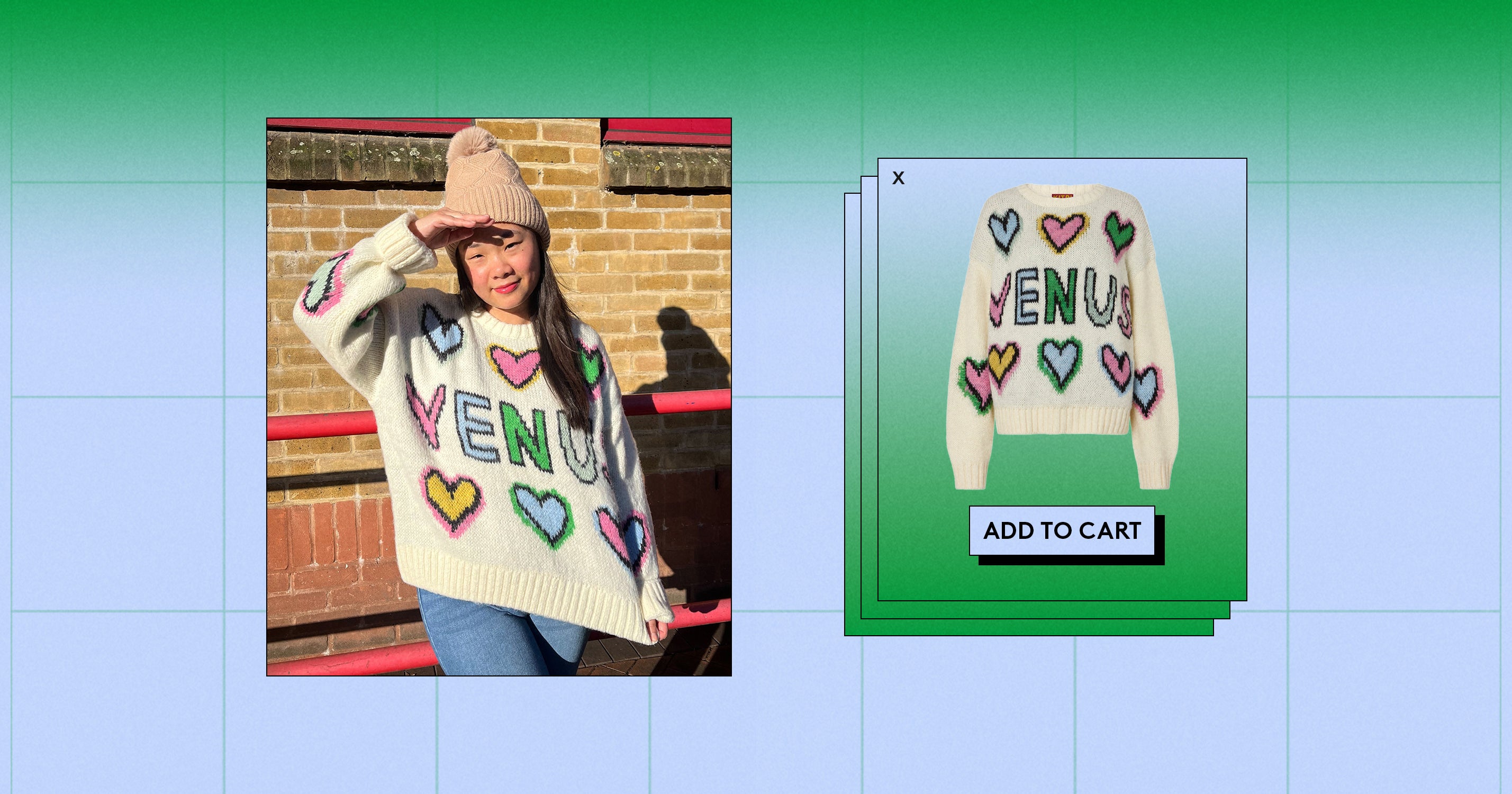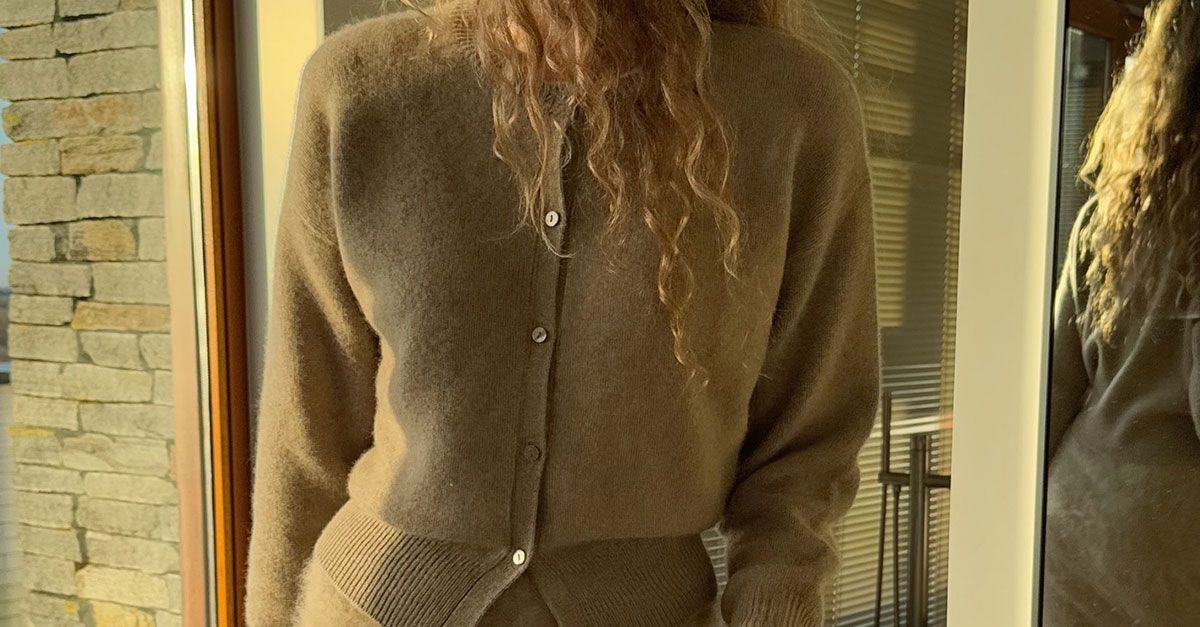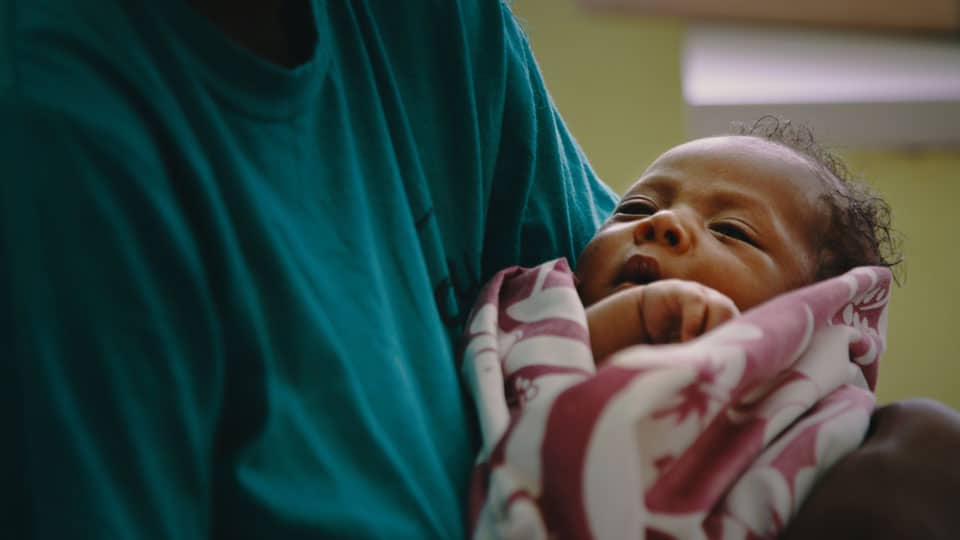We all have “scars to our beautiful,” but no one really wants them to be visible long-lasting acne scars. As if it’s not enough stress going through the outbreaks, now the scars just sit pretty taking their time to finally bow to an exit. The temerity! Although they eventually draw the curtains and chuck up the deuces, we can’t wait forever, can we? This is why a ton of ladies frantically search for what causes acne scars and possible treatments for them.
For many people who suffer from acne, knowing what causes these acne scars and how to get rid of them fast would certainly offer great joy. Well, the good news is that there are many treatment options to choose from. Whether it’s an at-home approach or a dermatologist approach, one thing is certain: we need to get rid of them and yes, we’re in that much of a hurry.
So what are acne scars?
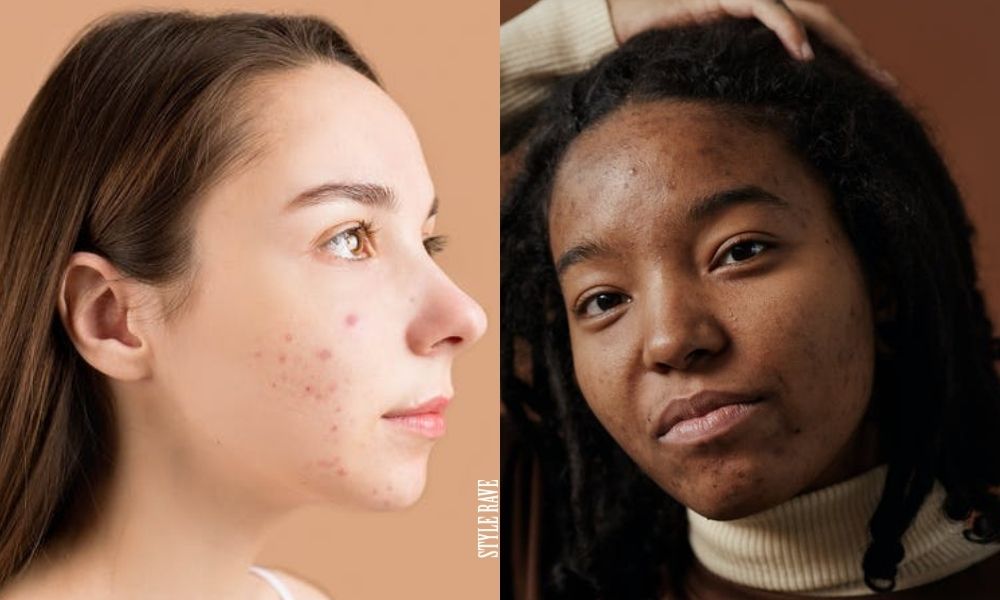
So what causes acne scars? They occur as a result of the body trying to repair itself. Ironic right? The hair follicles that get contaminated with oils and different impurities lead to the bursting of the follicle wall. In a bid to heal, the body releases collagen fibers that end up leaving the skin with an uneven texture.
It’s advised that before getting yourself worked up about the undesirable after-effect, understand that scars and marks/spots are not the same. Although the difference might be elusive, the major thing to note is that it can only be called a scar if the affected area has gone pale. Wondering if acne scars are permanent? The answer to this is not cast in stone as skin types differ. Most times, the scars clear up over time on their own but severe acne is likely to leave permanent scarring as it heals. Also, picking or squeezing your acne instead of treating it or allowing it to heal could cause scars to remain permanently. However, if you are conscious of these scars, there is always something that can be done to get rid of them for good.
Check out 8 ways to get rid of stubborn acne scars for real…
#1. Exfoliate
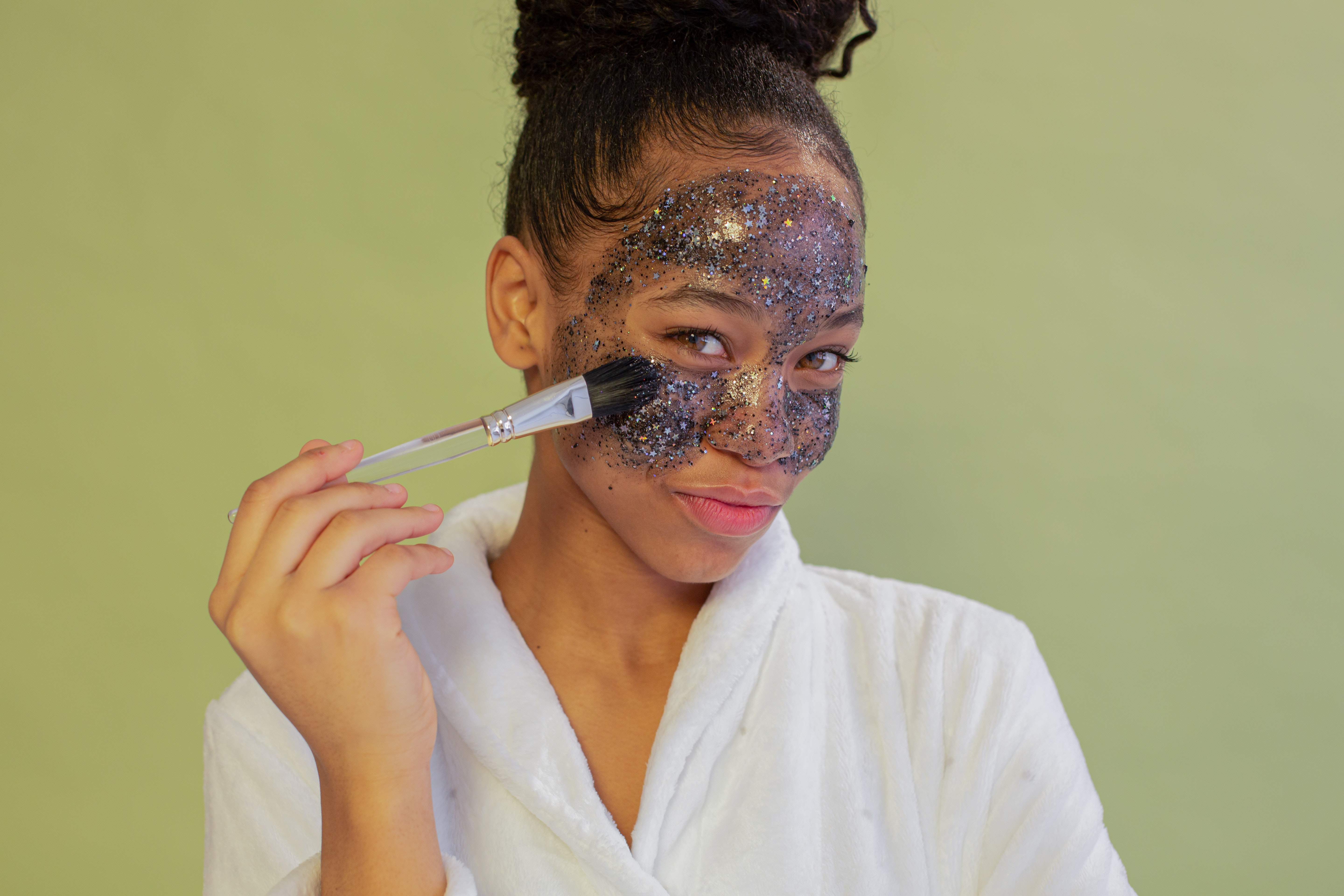
This is most effective for mild acne scars, any other type of acne might just call it a bluff. Exfoliating bi-weekly goes a long way in shedding off dead skin cells. This is a slow process but when done with the right products for your skin, exfoliation will not only help fade acne scars, it will also brighten your skin.
#2. Laser treatment
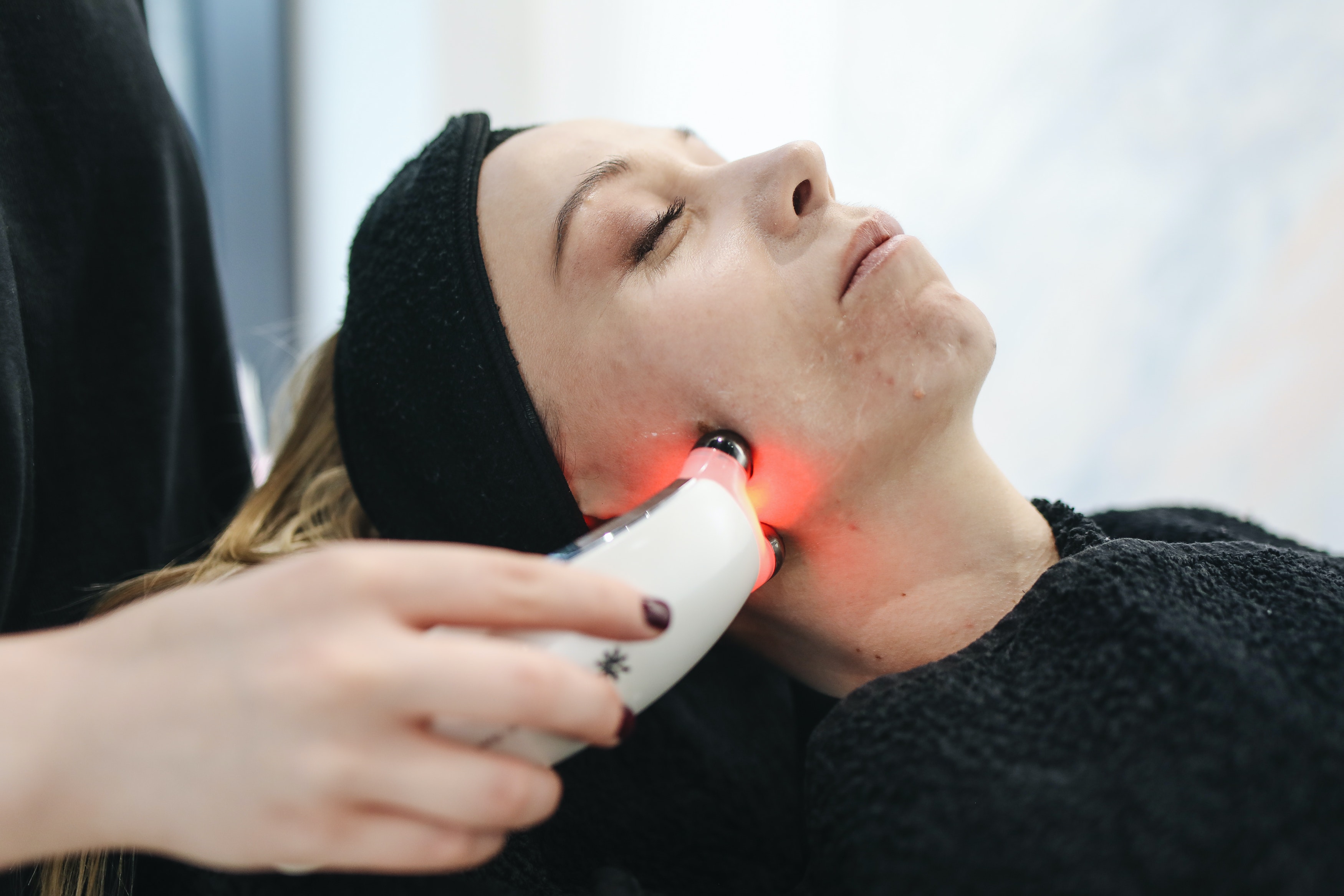
Laser treatment focuses light on the top layers of your skin to break up scar tissue. At the same time, the treatment encourages new, healthy skin cells to grow and replace the scar tissue. This reduces the appearance of the scars and the pain caused by them.
Your heart might be saying yes to this but your bank account is screaming a resounding no. That’s because as effective as this procedure is, it could be quite pricey. Even if your pockets are bursting with cash, don’t go for this treatment without the go-ahead of a specialist.
#3. Light therapy

When you think of how to get rid of stubborn acne scars, this is also proven and tested. The process includes the use of LED lights to repair worn-out and/or damaged skin. The lights destroy the blemish-causing bacteria and heal the skin from irritation.
There are two main kinds of visible light therapy used in clinical settings: blue light and red light. Blue light therapy uses a light wavelength with an antimicrobial effect, making it effective at killing several types of bacteria that can collect in your pores and oil glands and cause breakouts. The treatment also has anti-inflammatory benefits, which decrease other symptoms of acne, such as redness. On the other hand, red light therapy doesn’t have the same antibacterial effects as blue light therapy, but it helps promote healing and may work to decrease the visibility of acne scarring. It also has anti-inflammatory capabilities. Red light therapy works deep below the surface of your skin to help soothe and repair tissue. If your acne is caused by a chronic skin condition, red light therapy might be the choice for you.
#4. Dermabrasion
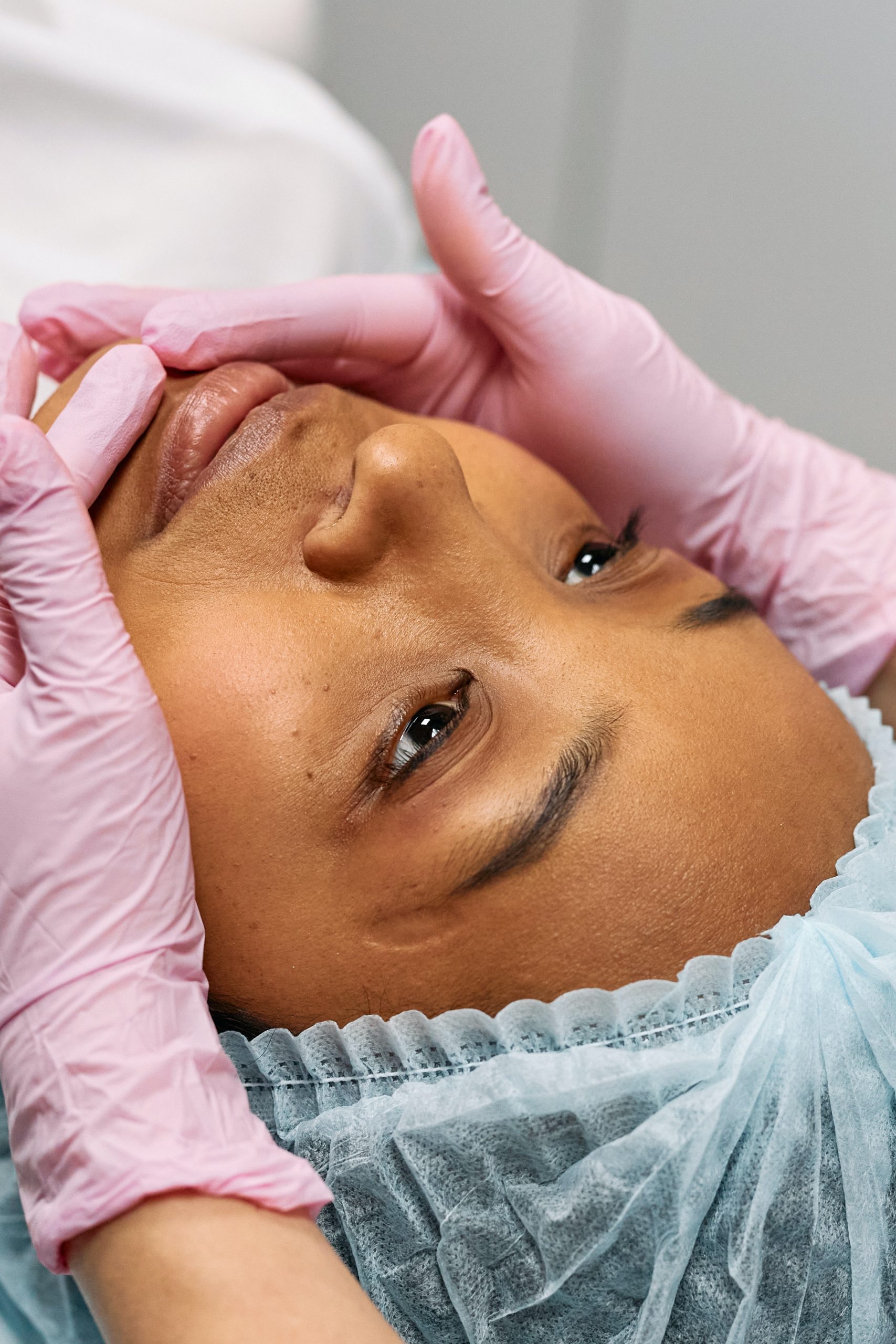
If you have severe scarring, your doctor might recommend this procedure. Here, the top layer of skin is removed with a rapidly rotating brush or other device. The result is that surface scars may be completely removed, and deeper acne scars may appear less noticeable.
#5. Chemical peel
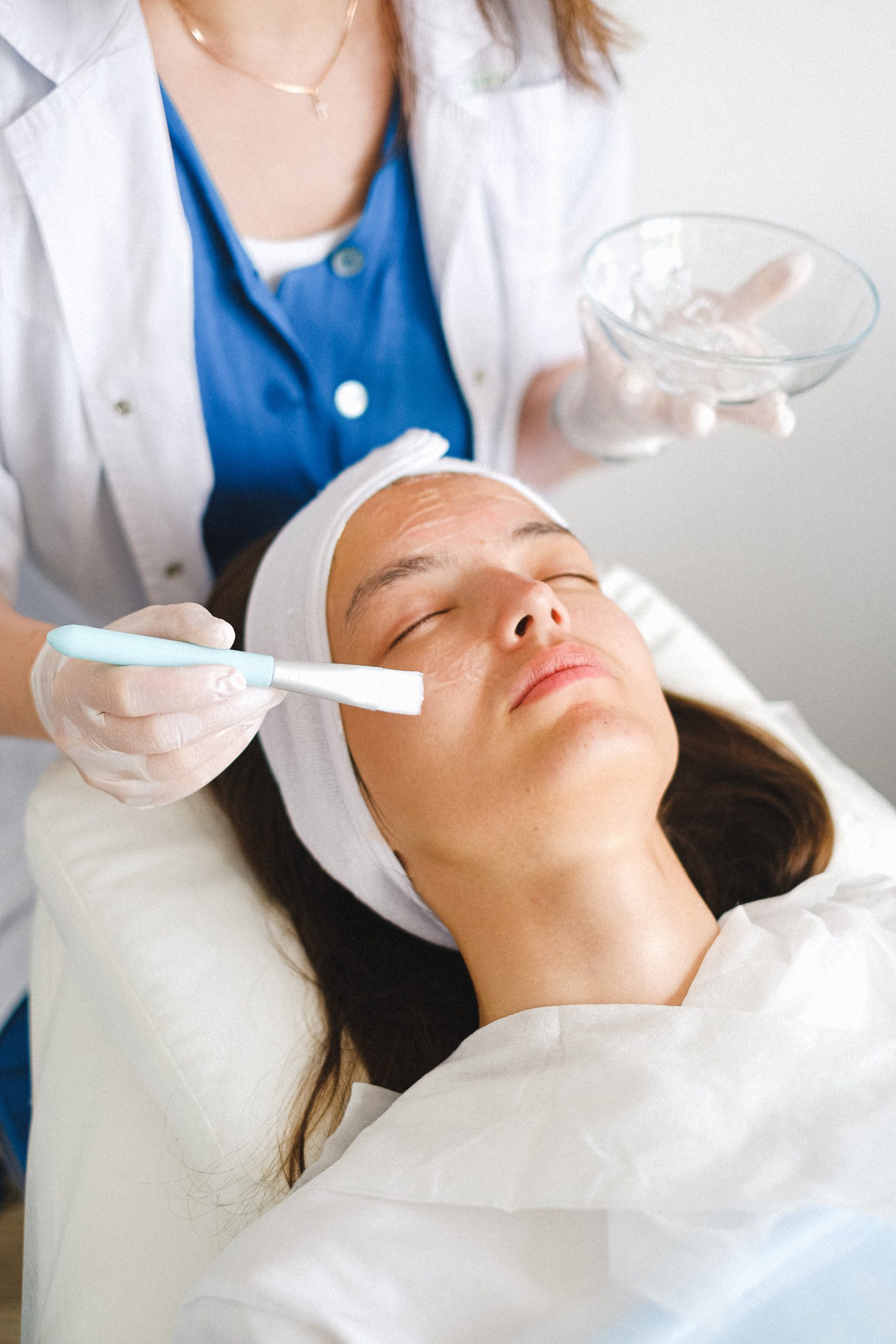
When it comes to getting rid of acne scars, a chemical peel is one of the most popular treatments. Your doctor applies a chemical solution to the scar tissue to remove the top layer of the skin and minimize the appearance of deeper scars. Depending on the severity of the condition, you may be advised to repeat mild and medium peels for better results and to also maintain results. However, you can only have one deep deel procedure.
#6. Subcision
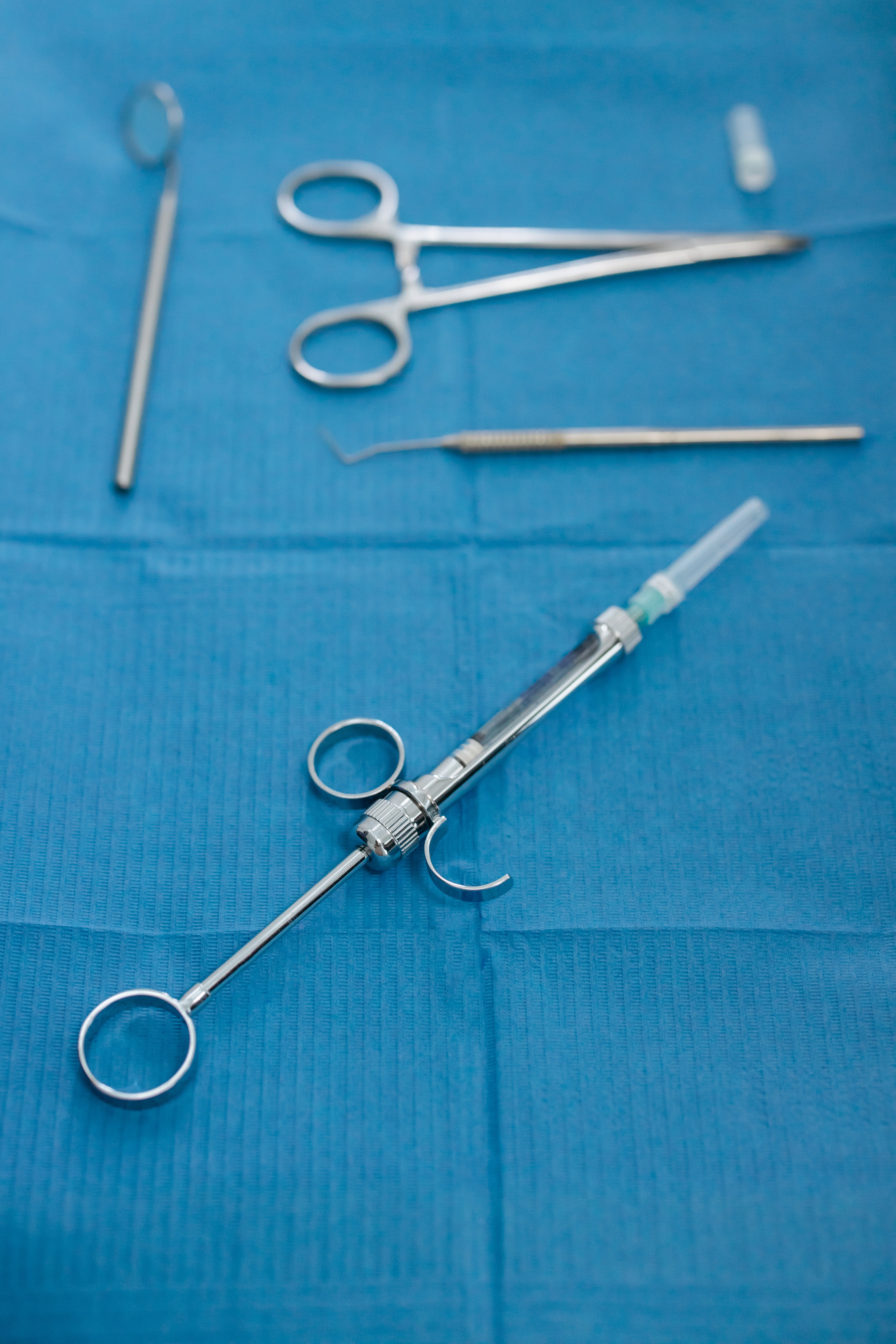
Subcision for an acne scar is a minor surgical procedure that involves inserting a small needle into your skin to release the acne scar from the underlying tissue. This process not only helps to lift a depressed scar but also triggers the release of collagen at the site of the needle insertion.
Both the lifting of the scar and the release of collagen can help diminish the appearance of the blemish. This procedure is usually repeated three to six times with at least 4 weeks in between each treatment. As always, speak with your dermatologist before embarking on any treatment to know what would work best for you.
#7. Over-the-counter options
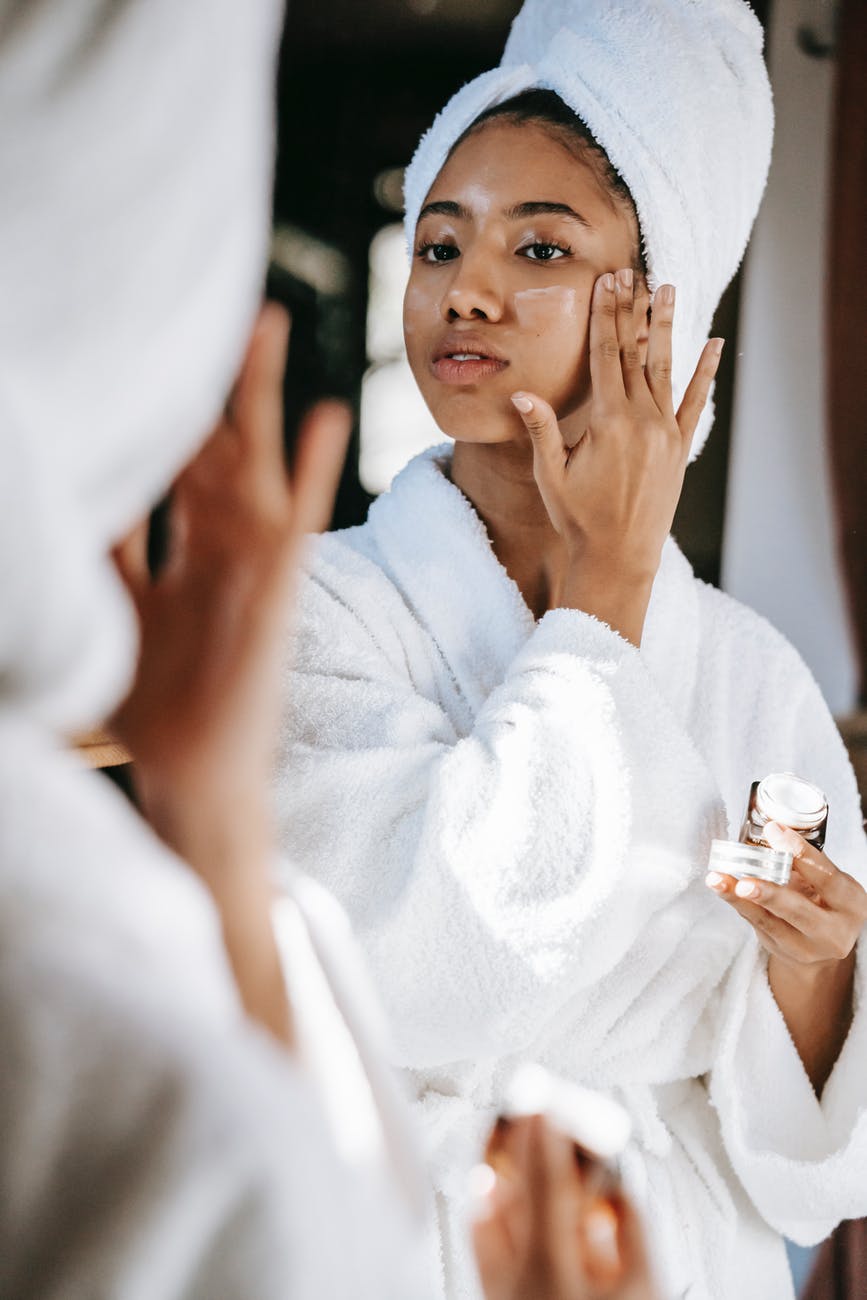
There are over-the-counter products that help reduce acne scars. If these products contain hydroquinone and hydroxy acids, that’s a plus as they stimulate the growth of new skin and this is a welcome development as it gradually phases out the appearance of acne scars.
#8. Prevent it

As they say, prevention is better than cure. A healthy lifestyle is a great way to start. Go easy on oily foods, reduce stress, and establish a consistent skincare routine. Skincare products like retinol and vitamin C are a must-have in your beauty regimen. This will save you the stress of seeking out how to get rid of stubborn acne scars because you’ll most likely never get there.
Featured image: @tinatunakey/Instagram
For the latest in fashion, lifestyle, and culture, follow us on Instagram @StyleRave_
This is a Style Rave original content exclusively created for our readers. If reproduced, distributed, transmitted, cached, or otherwise used by any other publishing house or blogs, such use should provide a direct link to this source article. Use of and/or registration on any portion of this site constitutes acceptance of our Terms & Conditions and Privacy Policy.
—Read also
https://stylerave.com/3-foods-that-cause-acne-flare-up/
















